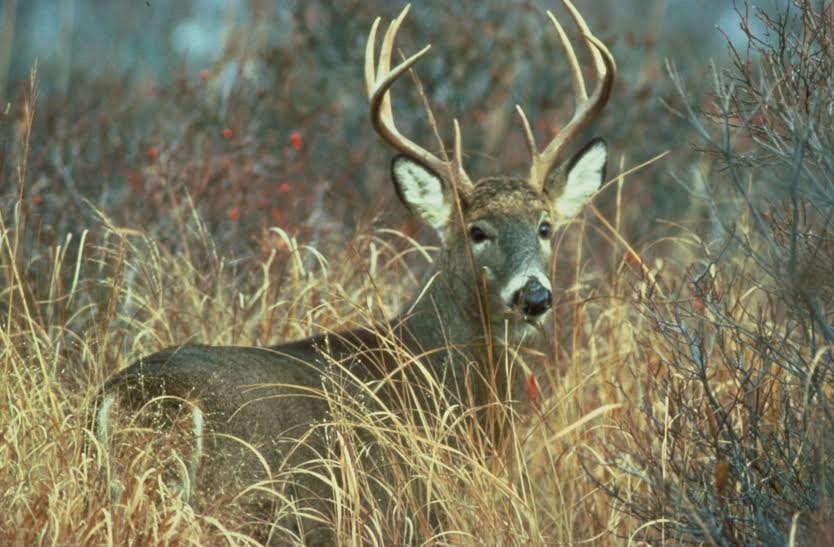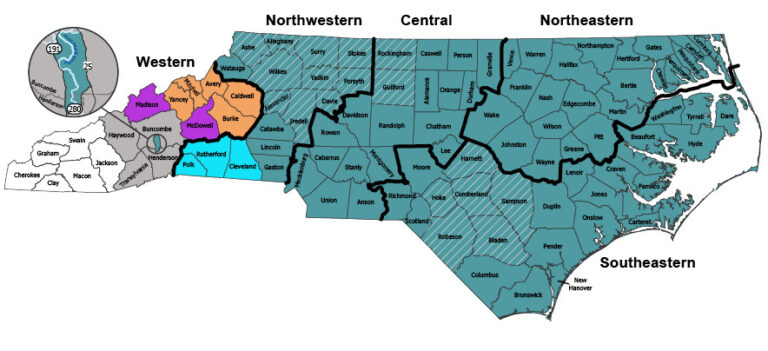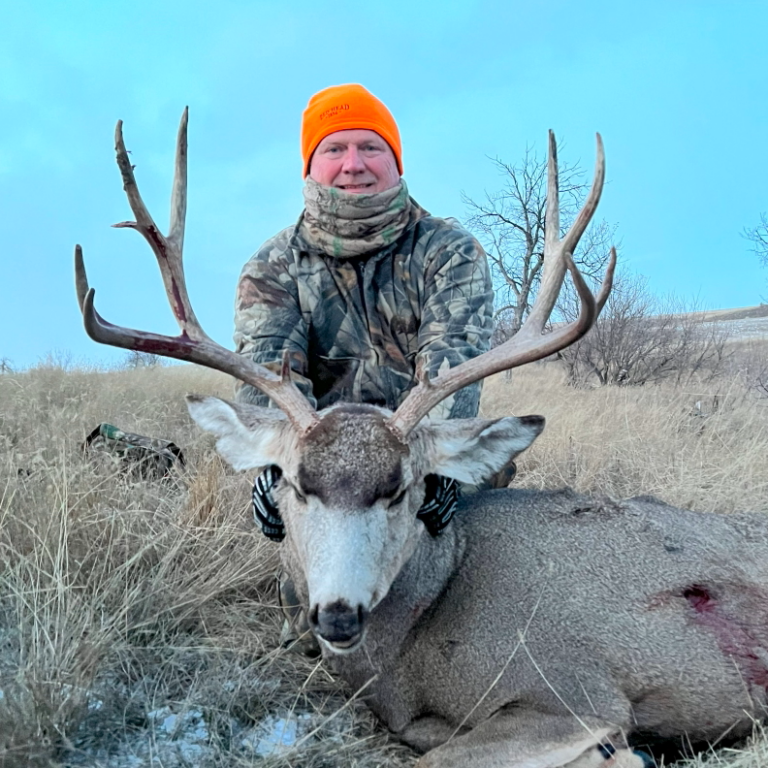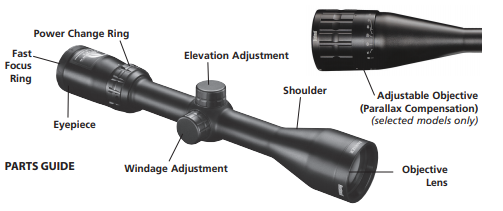Average Lifespan of a Whitetail Deer: Fascinating Facts Unveiled
Whitetail deer are fascinating creatures, known for their grace and agility. Their lifespan, however, is influenced by many factors.
Understanding the average lifespan of a whitetail deer helps in appreciating these majestic animals. This knowledge aids hunters, wildlife enthusiasts, and researchers alike. The lifespan of a whitetail deer can vary widely due to environmental conditions, predation, and human influence.
In this blog post, we will explore the factors that affect their longevity. We will discuss how diet, habitat, and threats impact their survival. By the end, you will have a clearer picture of what determines the lifespan of these beautiful creatures. So, let’s dive into the world of whitetail deer and uncover the secrets of their lifespan.
Introduction To Whitetail Deer
Whitetail deer typically live around 4 to 6 years in the wild. Some can reach up to 10 years with ideal conditions. Their lifespan is influenced by predators, disease, and environmental factors.
Whitetail deer are fascinating creatures found in North America. They are known for their grace and agility. These deer play a crucial role in their ecosystem. Let’s explore their characteristics and natural habitat.Basic Characteristics
Whitetail deer have distinct physical features. They have a reddish-brown coat in summer. In winter, their coat turns grayish-brown. Their name comes from the white underside of their tail. Males, called bucks, have antlers. They shed and regrow them annually. Females, known as does, usually do not have antlers. Fawns, or young deer, have white spots on their coats.Natural Habitat
Whitetail deer thrive in diverse habitats. They prefer areas with dense forests and open fields. They are also found near water sources like rivers and lakes. These deer adapt well to suburban areas. They often live close to human settlements. This adaptability helps them survive in various environments. “`Life Cycle Of Whitetail Deer
Whitetail deer typically live around 4 to 5 years in the wild. In protected areas, they can reach up to 10 years. Their lifespan depends on factors like predators and habitat.
The life cycle of a whitetail deer is fascinating. It includes stages from birth to old age. Each phase is unique and comes with its own set of challenges and behaviors. Understanding these stages can provide insight into the life of these majestic creatures.Birth And Early Life
A whitetail deer is born in the spring. Fawns are usually born in May or June. At birth, a fawn weighs between 4 to 8 pounds. The mother hides her fawn in tall grass or thick brush. This protects the fawn from predators. In the first few weeks, the fawn relies heavily on its mother. The fawn’s spots help it blend into the environment. This camouflage is crucial for survival. By the time they are three months old, fawns start eating solid food. They still nurse but less frequently.Adulthood
A whitetail deer reaches adulthood at around 1.5 years. Bucks and does have different roles. Bucks grow antlers, which they shed and regrow every year. They use their antlers for fighting other bucks during the rutting season. Does focus on raising their young. Adult whitetail deer are very cautious. They have keen senses of smell and hearing. This helps them avoid predators. They are also very social animals. They live in groups called herds. These herds help protect the deer from threats.Old Age
In the wild, a whitetail deer can live up to 10 years. Few reach this age due to predators and hunting. Older deer show signs of aging. They may have worn teeth and thinner bodies. Their antlers might not grow as large. As they age, their ability to avoid danger decreases. This makes them more vulnerable. Older deer often move slower. They might also become more solitary. Despite these challenges, some deer live to a ripe old age. Understanding the life cycle of whitetail deer enriches our knowledge of wildlife. It highlights the beauty and complexity of nature. “`Factors Influencing Lifespan
The average lifespan of a whitetail deer is influenced by many factors. These factors can affect their health, safety, and overall longevity. Let’s explore some of the key factors.
Predators
Predators play a significant role in the lifespan of whitetail deer. Young fawns are especially vulnerable. Common predators include:
- Wolves
- Coyotes
- Bobcats
- Humans
Adult deer also face threats, but they can better evade predators. Hunting by humans impacts their population and lifespan directly.
Diseases
Diseases can drastically reduce the lifespan of whitetail deer. Some common diseases are:
| Disease | Impact |
|---|---|
| Chronic Wasting Disease (CWD) | Causes brain damage and death |
| Epizootic Hemorrhagic Disease (EHD) | Leads to internal bleeding |
| Bovine Tuberculosis | Affects lungs and other organs |
These diseases can spread quickly, leading to large-scale deaths in deer populations.
Environmental Conditions
Environmental conditions like weather, habitat, and food availability also impact deer lifespan. Harsh winters can lead to starvation and freezing. Hot, dry summers can cause dehydration. Suitable habitat and ample food supply help deer live longer.
In areas with good cover and food, deer can thrive. In contrast, poor habitat can lead to shorter lives.
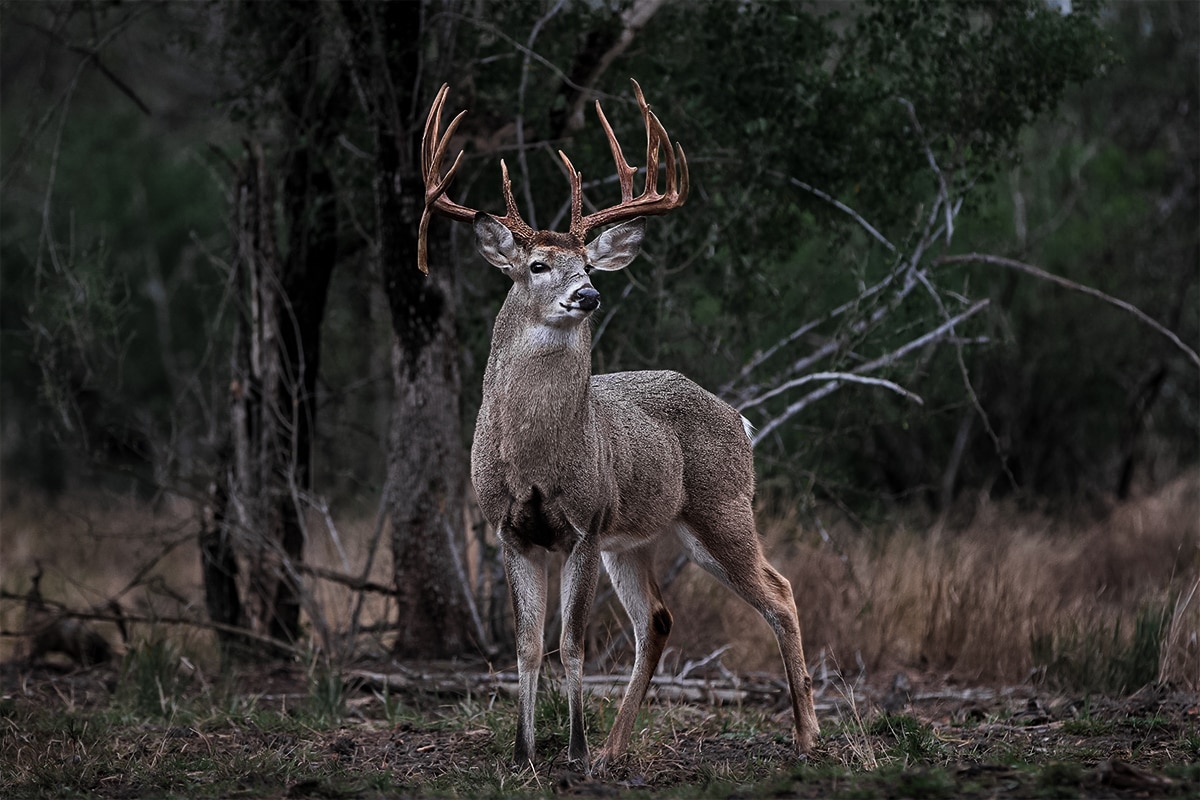
Credit: freerangeamerican.us
Diet And Nutrition
The diet and nutrition of whitetail deer are crucial for their survival and longevity. Understanding what these animals eat can give insights into their health and behavior. Whitetail deer are herbivores, so their diet consists mostly of plants. But their food preferences change with the seasons.
Preferred Food Sources
Whitetail deer enjoy a variety of plants. They love leaves, twigs, and buds. Acorns and nuts are also favorites. They eat grasses and herbs too. In forest areas, they munch on shrubs and young trees. Agricultural fields attract them for corn and soybeans. They also eat fruits like apples and berries.
Seasonal Diet Changes
The diet of whitetail deer changes with the seasons. In spring, they eat new plant growth. Leaves, grasses, and flowers are abundant then. Summer brings more green plants and crops. Corn and soybeans become part of their diet. In fall, they feast on acorns and nuts. These are high-energy foods for winter.
Winter is the toughest season. Food is scarce then. Deer eat twigs, bark, and evergreen plants. They also dig through snow for leftover crops. Their diet in winter is less nutritious. This affects their health and lifespan.
Human Impact
Human activities significantly impact the average lifespan of whitetail deer. These impacts can be both detrimental and beneficial. Below, we explore how hunting, habitat destruction, and conservation efforts affect these graceful creatures.
Hunting
Hunting has a profound effect on whitetail deer populations. While regulated hunting helps control overpopulation, illegal hunting or poaching disrupts the natural balance. This can lead to a decrease in the average lifespan of whitetail deer. Hunters often target large, healthy bucks, removing the strongest genes from the gene pool.
- Regulated hunting helps maintain a balanced ecosystem.
- Poaching reduces deer lifespan and population health.
- Targeting mature bucks impacts genetic diversity.
Habitat Destruction
Habitat destruction is another critical factor. Urban development, deforestation, and agricultural expansion reduce the natural habitats of whitetail deer. This forces deer into smaller areas, increasing competition for resources.
Key impacts of habitat destruction include:
- Loss of food sources.
- Increased encounters with humans.
- Higher mortality rates due to accidents and conflicts.
As a result, the average lifespan of whitetail deer declines.
Conservation Efforts
Conservation efforts play a vital role in protecting whitetail deer. Organizations and governments implement measures to preserve natural habitats and regulate hunting practices. These efforts help increase the average lifespan of whitetail deer.
Effective conservation strategies include:
| Strategy | Impact |
|---|---|
| Habitat Restoration | Improves food and shelter availability |
| Protected Areas | Reduces human-deer conflicts |
| Anti-Poaching Laws | Ensures population health |
Through these efforts, the goal is to provide a sustainable environment for whitetail deer to thrive.
Unique Adaptations
Whitetail deer are remarkable creatures known for their unique adaptations. These adaptations help them survive in the wild and extend their average lifespan. Let’s explore some of these fascinating traits that give them an edge in their natural habitat.
Camouflage Abilities
Whitetail deer have exceptional camouflage abilities. Their brown and white fur helps them blend into the forest. This natural disguise protects them from predators. During winter, their fur turns grayish, matching the snowy environment. Young fawns have white spots on their coats. These spots mimic sunlight filtering through leaves, making them almost invisible.
Speed And Agility
The speed and agility of whitetail deer are crucial for their survival. They can run up to 30 miles per hour. This speed helps them escape from predators. Their powerful legs allow them to jump over obstacles. They can leap as high as 10 feet and as far as 30 feet in a single bound. Their agility enables them to make quick turns and navigate through dense forests with ease.
Comparing Lifespan In Different Regions
Whitetail deer can be found in various regions. Their lifespan varies based on the region they inhabit. This section explores the average lifespan of whitetail deer in North America, Central America, and South America.
North America
In North America, whitetail deer live up to 10 years in the wild. Many factors influence their lifespan. Climate, predators, and human activities play a role. Deer in protected areas live longer. Those in hunted areas face more risks. Cold winters also impact their survival.
Central America
Central America has a different climate. Whitetail deer here face warmer temperatures. They also encounter different predators. Their lifespan can reach 6 to 8 years. The dense forests offer good cover. Food availability affects their life expectancy too. Human expansion is a threat in this region.
South America
South America’s whitetail deer have unique challenges. They live shorter lives, around 4 to 6 years. Predation is high. The tropical climate impacts their health. Deforestation poses a severe threat. Disease also spreads faster in warm, humid conditions. Their survival is more precarious here.
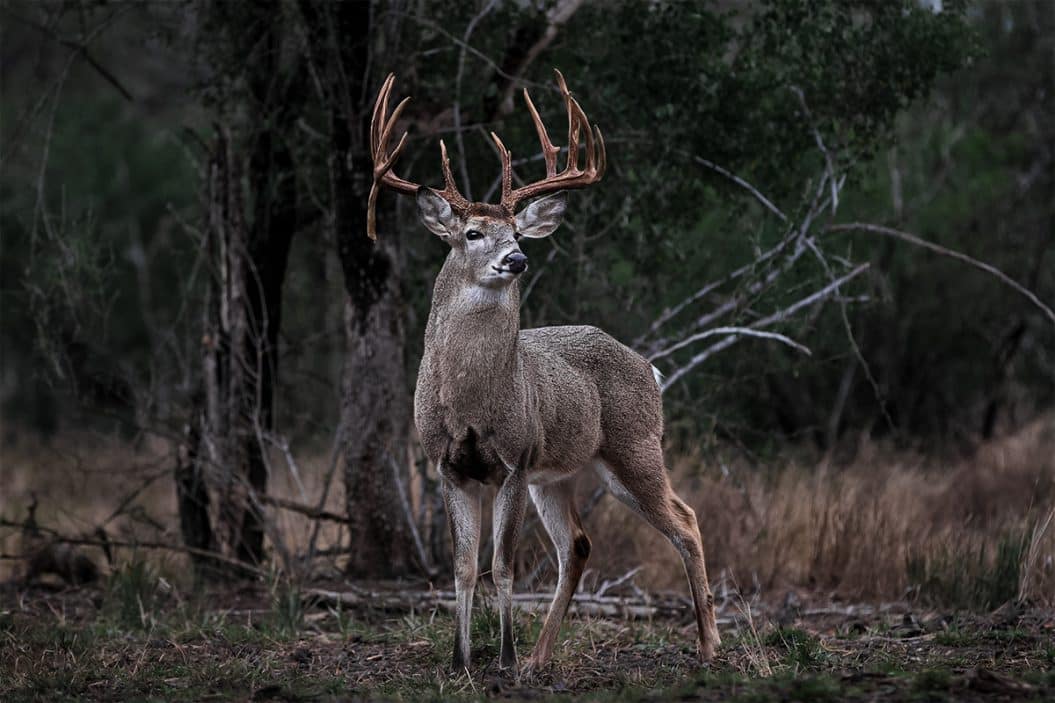
Credit: freerangeamerican.us
Fascinating Facts
Whitetail deer typically live around 4 to 5 years in the wild. With good conditions, some can reach up to 10 years. These deer are known for their adaptability and survival skills.
The average lifespan of a whitetail deer holds many interesting details. These creatures have adapted well to their environments. Their survival skills are truly remarkable. Let’s dive into some fascinating facts about their longevity and strategies.Longevity Records
Whitetail deer usually live around 4 to 7 years in the wild. Some exceptional deer have been known to live up to 11 years. In captivity, their lifespan can extend up to 20 years. These records highlight their adaptability and resilience.Survival Strategies
Whitetail deer have developed several survival strategies. They are highly alert and use their keen senses to detect danger. Their strong legs allow them to run swiftly from predators. Deer also use camouflage to blend into their surroundings. They often stay in groups, which provides safety in numbers. These strategies contribute to their overall lifespan. “`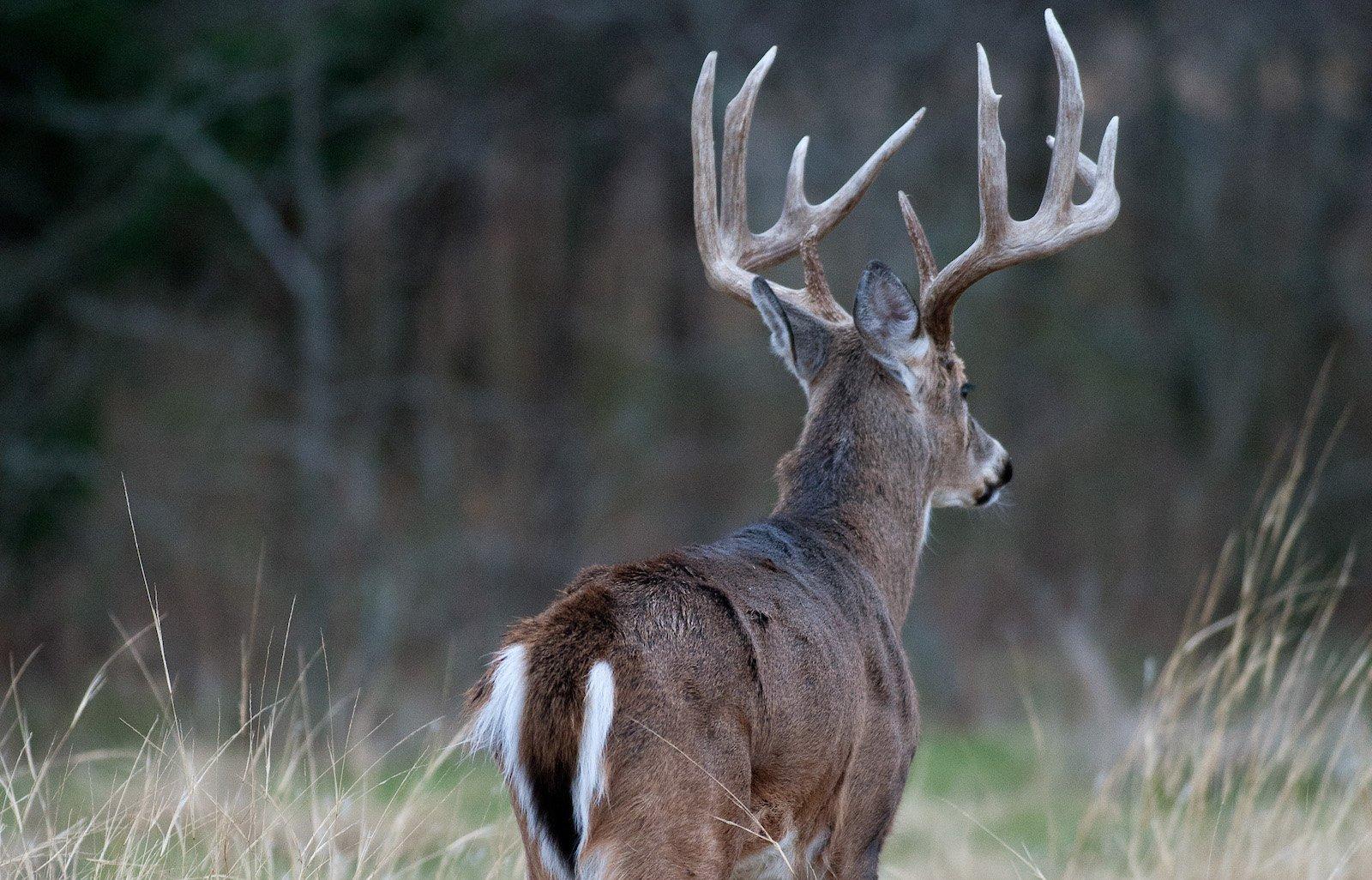
Credit: realtree.com
Frequently Asked Questions
What Is The Average Lifespan Of A Whitetail Deer?
The average lifespan of a whitetail deer in the wild is around 4 to 5 years. However, they can live up to 10 years or more in protected environments.
How Long Do Whitetail Deer Live In Captivity?
In captivity, whitetail deer can live up to 20 years. This extended lifespan is due to better care, absence of predators, and consistent food supply.
What Factors Affect A Whitetail Deer’s Lifespan?
Factors affecting a whitetail deer’s lifespan include predators, habitat quality, hunting pressure, disease, and availability of food and water.
At What Age Do Whitetail Deer Mature?
Whitetail deer typically reach maturity at around 1. 5 years of age. This is when they are fully grown and capable of reproduction.
Conclusion
Understanding the lifespan of a whitetail deer is essential. These deer live around 4-5 years in the wild. Factors like predators, disease, and hunting impact their lifespan. Deer in captivity can live longer, up to 20 years. Knowing their lifespan helps in wildlife conservation efforts.
It also aids hunters in managing deer populations. Observing these majestic creatures is fascinating. Protecting their habitat ensures their survival. Let’s appreciate and respect whitetail deer in their natural environments.

